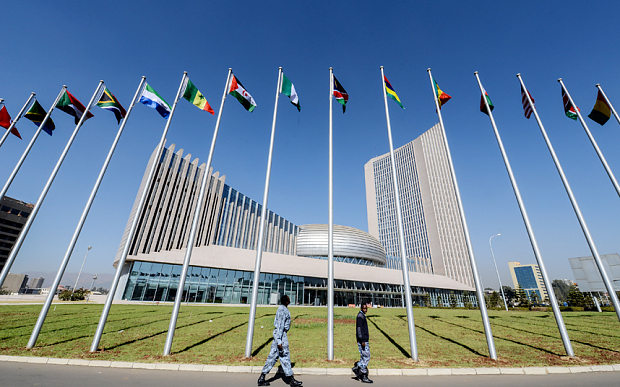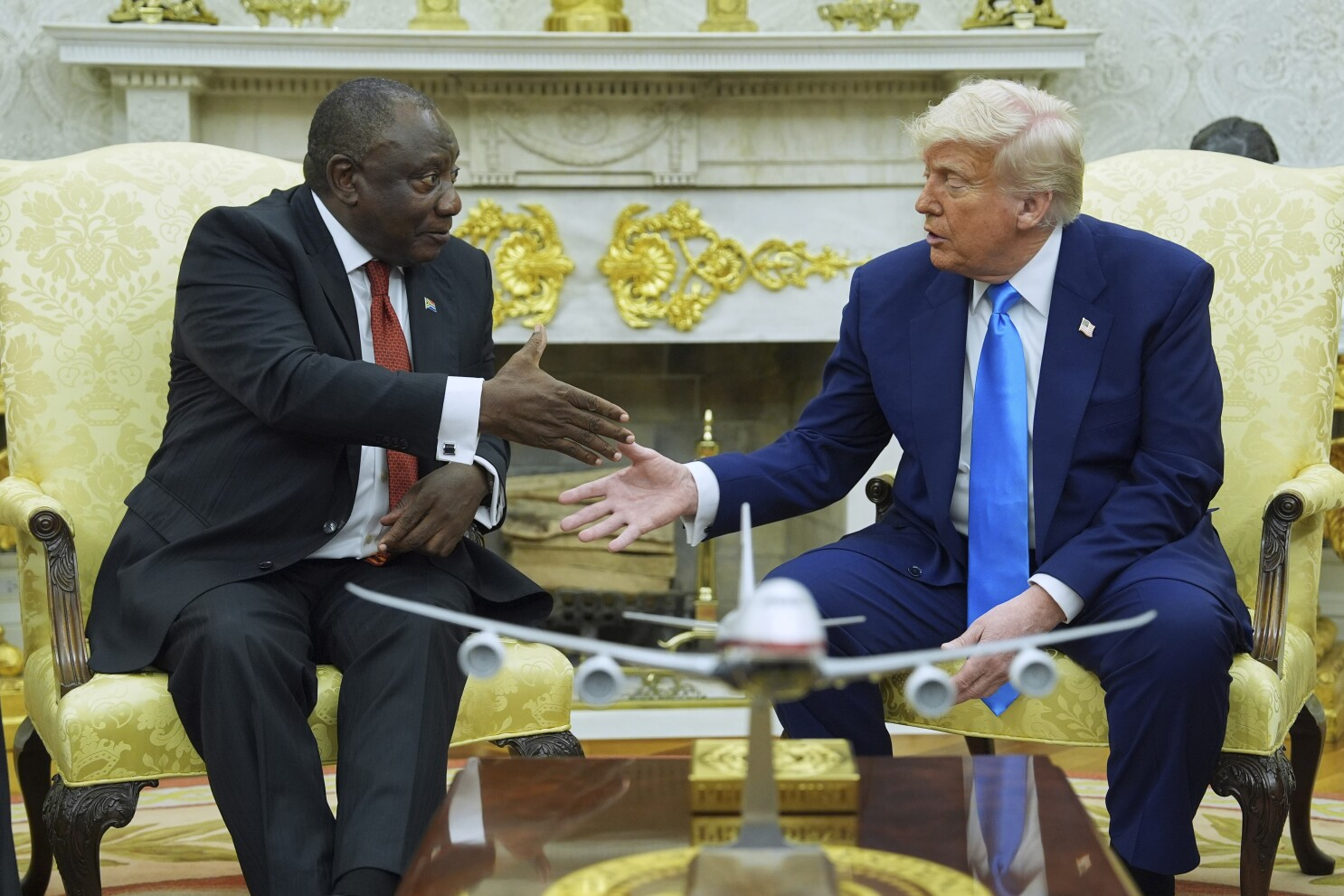
Opinion: Competition, then cooperation may be the best way to build up Africa

Courtesy: Xinhua
A new U.S. strategy for Africa was recently released by Washington, the core of which is to further U.S. priorities in Africa by strengthening economic and trade cooperation and providing financial assistance. John Bolton, President Trump’s Defense Adviser, aimed the strategy at China, accusing it (and Russia) of plundering resources in Africa and subsequently blaming China for Africa’s economic stagnation and financial reliance.
However, a closer examination of what China is doing, particularly from the angles of investment, trade and aid tells a different story.
First, China’s investment in Africa is diversified, covering many important sectors such as infrastructure, transportation, communications, automobile and business services.

For example, In July 2016, Chinese companies and banks reached $17-billion agreements with Africa in infrastructure, energy, pharmaceuticals and technology. The infrastructure projects that Chinese companies have completed or are building include 30,000 kilometers of roads, ports with an annual cargo throughput of 85 million tons, facilities purifying more than 9 million tons of water per day, and power stations with a total capacity of nearly 20,000 megawatts. In 2017, manufacturing accounted for an increased share of Chinese investment in Africa, with the number of factories built in Africa rising to 35. Jiangsu Sunshine Group alone announced an investment of $1 billion in Africa’s textile industry. Considering the sharp fall of global investment in Africa, China’s investment is undoubtedly a great incentive to Africa’s economic development.

All this investment helps create jobs. According to the African Attractiveness Report 2017, the $66.4 billion China invested in Africa during the period of 2005-2016, created 130,750 jobs. In 2016, China created the largest number of jobs in Africa, twice as many as in 2015, and more than three times the number of jobs created by the United States. In 2017, despite a drop in the number and amount of Chinese investment in Africa, jobs created by each project still averaged 309, while the United States only created 105 jobs per project.

Second, China is not particularly selective about where it invests in Africa. Its investment targets including countries rich in resources, such as South Africa, Nigeria and Angola as well as agricultural export-oriented countries like Kenya. However, the new U.S. strategy for Africa clearly states America will no longer provide non-differentiated, non-focused or non-prioritized assistance to the entire African continent and that it would no longer support “futile unsuccessful and irresponsible UN peacekeeping operations.” Under its new African strategy, the U.S. will utilize funds for major countries and specific strategic goals, and that all U.S. aid to Africa shall advance the interests of the United States while helping African countries to become self-reliant. The United States will undoubtedly place greater emphasis on the principle when it comes to investment choices and promoting investment through aid is an important part of its latest development policy.
According to the above analysis, although the overall scale of Chinese investment in Africa is smaller than that of the United States, China’s growth rate of investment, as well as its contribution to and influence in the development of the African region are expanding. China’s investment in infrastructure and manufacturing sectors has greatly contributed to Africa’s development and created a large number of jobs, especially as the total amount of foreign investment in Africa fell sharply in 2016. This, to a large extent, has changed the long-term grip on Africa by the Western countries and greatly enhanced China’s soft power therein.

Courtesy: Xinhua
China’s growing power in Africa, both hard power and soft power, worries the U.S. China’s infrastructure advantage in Africa has won a big edge for its investment in other areas. Therefore, if the United States intends to compete with China, it will also put forward the slogan of infrastructure construction in Africa. The newly established U.S. International Development Finance Corporation is trying to create preferential conditions for American investors and channel most of the money into major infrastructure sectors of emerging economies.
Up to now, China has provided a total amount of $40 billion through development finance institutions, including the Export-Import Bank of China, the China Development Bank, the
Asian Infrastructure Investment Bank, the New Development Bank and the Silk Road Fund. Its advocacy for integration with local strategies as well as its flexibility and unconditionality are both beyond the reach of American companies.

Courtesy: Xinhua
Meanwhile, due to its own development and Belt and Road Initiative, China has accumulated abundant experiences and technologies in infrastructure construction, hence enjoying certain market superiority.
Right now, it is hard to predict the function of China and the United States in international development in the future and whether they would compete or cooperate. However, one thing is for sure: from the perspective of many developing countries, competition means more and better choices. Making partner countries decide by themselves how to attract international investment is undoubtedly beneficial to the construction of a world of multilevel equality and a community of human destiny. By then, cooperation may be the best option for China, the United States and Africa.
|
ReplyForward
|






